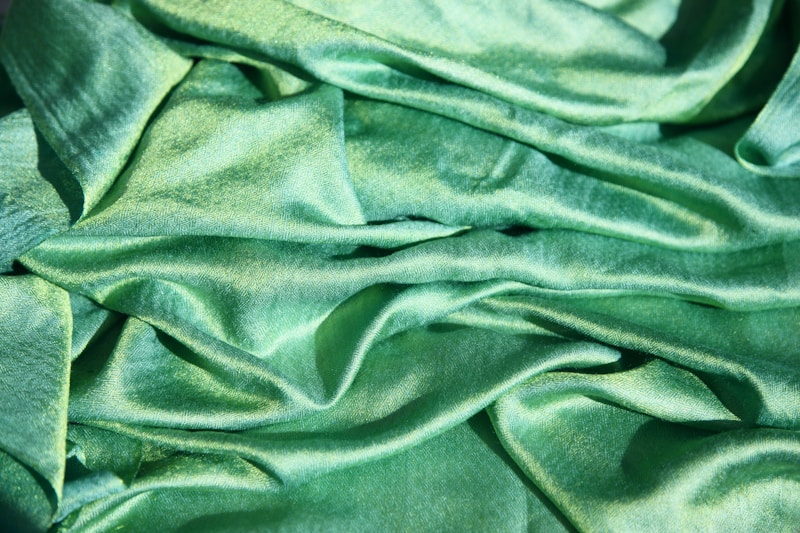The Role of Humidity in Fabric Care: Essential Insights for Optimal Maintenance
Understanding Humidity and Its Impact on Fabric Care
When it comes to ensuring the longevity and appearance of your fabrics, understanding the role of humidity is crucial. Humidity, the amount of water vapor present in the air, significantly affects not only the comfort of our living spaces but also the condition of our textiles. In this article, we will explore how various humidity levels can impact fabric care, provide practical tips for fabric maintenance, and address common concerns related to humidity.
Why Humidity Matters in Fabric Care
Fabrics are sensitive to environmental conditions, with humidity playing a critical role in their maintenance. High levels of humidity can lead to issues such as mold and mildew growth, while excessively low humidity can result in fabric damage and increased static electricity. Understanding the optimal humidity levels for different types of fabrics is essential for proper care.
Optimal Humidity Levels for Different Fabrics
| Type of Fabric | Recommended Humidity Level (%) | Potential Issues with Improper Humidity |
| Cotton | 40-60% | Wrinkling, shrinkage |
| Wool | 50-70% | Moth infestations, shrinking |
| Synthetic Fabrics | 30-50% | Static cling, yellowing |
| Silk | 40-60% | Water stains, fading |
How Humidity Affects Fabric Care
To properly care for fabrics, one must consider the effects of humidity. Below, we delve into how various humidity levels can impact different types of fabrics:
High Humidity: Risks and Solutions
When humidity levels exceed 70%, fabrics can absorb excess moisture from the air. This can lead to a host of problems:
- Mold and Mildew: High humidity creates an ideal environment for mold and mildew growth, particularly on cotton and wool fabrics.
- Odor: Damp fabrics can develop musty smells, making them unpleasant to use.
- Stains: Water stains can set into fabrics more easily in humid conditions, particularly on lighter colors.
To combat these issues, consider using a dehumidifier or air conditioning unit to control indoor humidity levels. Regularly airing out your fabrics can also help diminish moisture buildup.
Low Humidity: The Dangers of Dry Air
Conversely, low humidity levels, particularly those below 30%, can create a different set of problems:
- Static Electricity: Synthetic fabrics are particularly prone to static buildup in dry air, leading to discomfort when wearing clothing.
- Cracking and Fading: Natural fibers, like silk and wool, can become brittle and fade when exposed to excessively dry conditions.
- Wrinkles and Shrinkage: Cotton and other fabrics may become stiff, resulting in increased wrinkling and potential shrinkage when washed.
To mitigate these effects, consider using a humidifier during dry months. Additionally, regularly washing and conditioning your fabrics can help maintain their moisture balance.
Practical Tips for Managing Fabric Humidity
To effectively manage the role of humidity in fabric care, here are essential strategies you can implement:
1. Monitor Indoor Humidity Levels
Invest in a hygrometer to monitor indoor humidity levels consistently. Aim to maintain humidity levels between 40-60% for optimal fabric care.
2. Proper Storage
Store fabrics in breathable cotton bags, rather than plastic, to allow air circulation and prevent moisture buildup. Consider using sachets of silica gel to absorb excess moisture in storage areas.
3. Regular Maintenance
Routine washing and conditioning can help maintain the integrity of your fabrics. Check care labels for specific washing instructions and avoid excessive heat when drying.
4. Seasonal Considerations
As seasons change, so do humidity levels. Take proactive measures during hot summers to mitigate high humidity and use humidifiers during dry winters.

Frequently Asked Questions
How does humidity affect washing and drying fabrics?
High humidity can prolong drying times, increasing the risk of mold and mildew. Conversely, low humidity can lead to static cling and hastened drying, which can cause wrinkles. For the best results, aim to wash and dry fabrics in moderate humidity levels.
What should I do if my fabrics develop mildew?
If you discover mildew on your fabrics, remove them immediately from the affected area. Wash them with a combination of vinegar and baking soda before drying in a well-ventilated area.
Can I use a steam iron on all fabrics?
No, always check the manufacturer’s labels for heat sensitivity. Gentle fabrics like silk and some synthetics may be damaged by steam or high temperatures.
Conclusion: Maintaining Fabric Integrity Amidst Humidity
Understanding the role of humidity in fabric care is vital for preserving the quality and longevity of textiles. By monitoring humidity levels, applying practical care techniques, and addressing specific fabric needs based on environmental conditions, individuals can effectively safeguard their fabrics. Whether you're dealing with cotton, silk, or synthetic materials, grasping the nuances of humidity will ensure your fabrics remain looking fresh and vibrant for years to come. Remember, a proactive approach can prevent many common fabric issues, making your fabric care routine not only easier but also more effective.
In summary, being aware of the influence of humidity in your environment is key to optimal fabric care. Take the necessary steps to protect your textiles, and enjoy their beauty and functionality for as long as possible.